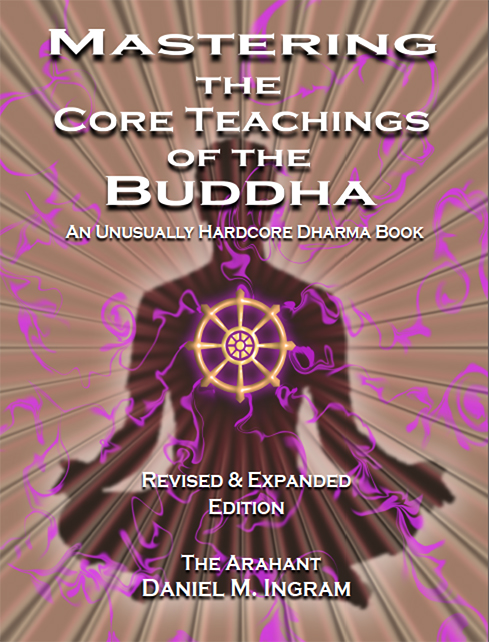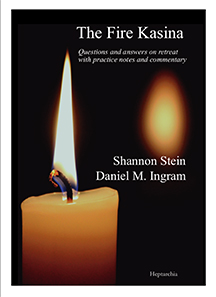The Vajrayana Models
← The Mahayana Five Path Model | The Concentration Models →
Some of the Indo-Tibetan Vajrayana models add a lot of nuance to discussions of the emotional models and to working with the emotional aspects of our lives and of our practice in general. These are models that say there are lots of emotional energies that occur and that they can be perceived and manifest in either the light of wisdom (perceiving their empty and compassionate aspects) or the confusion of dualistic ignorance. This paradigm is a very dangerous one to work with, as its glaring and oft-demonstrated shadow side is a lack of skillful restraint in the face of these emotions. But, if the model is used properly, it can really help cultivate a healthier, broader, and more accepting understanding of the world of feelings in general. Remember training in morality? I hope so, since if you are going to use this model, which I do advocate using in the right place and at the right time, you really need to keep up that side of formal practice or you are asking for serious trouble. The bodhisattva and Vajrayana ethics are beyond the scope of this book, but the point remains that strong ethics are critical if you are going to follow this sort of path. As with the five-path model, I recommend Alexander Berzin’s outstanding multilingual website www.studybuddhism.com for reliable information on this conceptual material.
The basic benefit of this paradigm is that it says essentially, “Here is reality in all of its human richness, intimacy, vibrancy, intricacy, and range. If you perceive things clearly and understand and accept this, you can begin to transform this wide range of emotions and experiences into something that is wise, bright, active, powerful, engaged, healing, full-spectrum, and awakened.” Thus, it takes a totally different approach from the models that advocate the elimination of emotions, their suppression or repression, and shutting out vast swaths of our hearts and realities.
Please indulge my telling a brief part of the story of my path regarding how I came to appreciate the Vajrayana approach to the emotional models and its practical uses. I tell this part of my story to make some points that I failed to make in MCTB1. This story explains a lot of points you find in this book, so it is perhaps worth knowing the rest of the background story, if in extremely abbreviated form.
I started out in a very straight-by-the-book, Theravada context. I went on retreats, got stream entry, and came home from India. Stream entry delivered as advertised. The techniques and models had worked well. I had the expected abilities and insights. All was well on that front. I practiced more. I attained second path. It was different, richer, more fractal, more complex, and there was a definite transformation of some things related to emotions, what triggered them, how long they lasted, and how they were perceived. I could clearly feel that they went down totally different, unfamiliar, and clearly superior brain pathways a substantial portion of the time. I was impressed. The models seemed to hold up. I plunged on. I attained third path, or at least, I attained something.
Suddenly everything was different, very different. The shift in my walking-around way of perceiving things was huge and unexpected. Suddenly nearly everything was luminous, nearly everything seemed to contain its own light, its own awareness as something intrinsic to the sensations themselves, and this caused a massive delocalization of the sense of watcher, doer, controller, and a totally different appreciation of what the path was about. Now practice was much more about the field of experience, about this luminosity, about richness of phenomena, about trying to figure out how to get the last little subtle patterns that weren’t perceived this way to be perceived this way naturally and at baseline. Let me pause here; before I finish my story, I need to set up some more terms, concepts, and models I haven’t really talked about yet.

